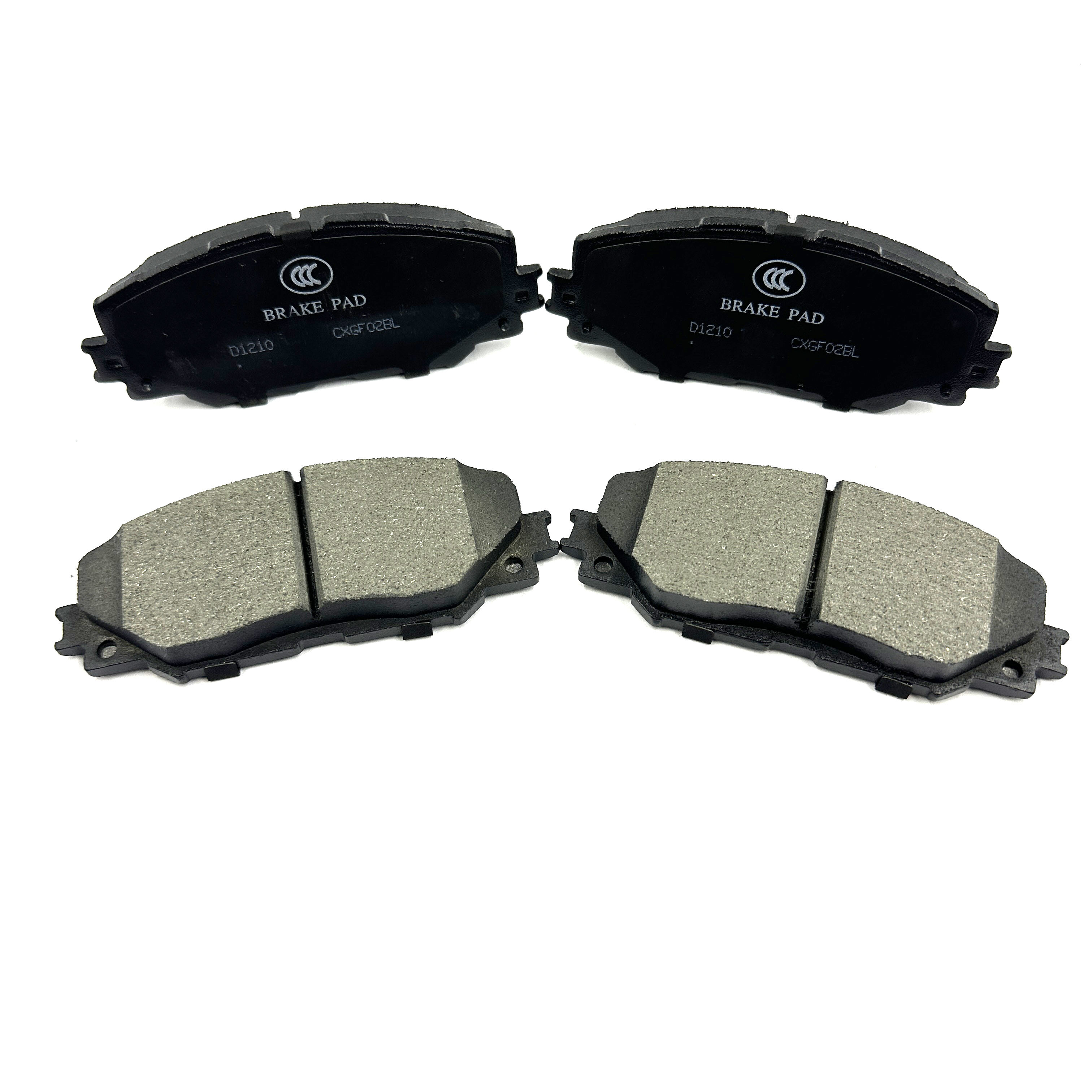
Are Semi-Metallic Brake Pads the Best Option for High-Performance Vehicles? High-performance vehicles—whether sports cars, muscle cars, or tuned sedans—demand brake pads that can keep up with their power. These cars accelerate faster, rea...
VIEW MORE
Understanding OEM Brake Pads Definition and Manufacturing Standards OEM is Original Equipment Manufacturer, or brake pads from the maker of your vehicle. These parts are made to the same specifications as the factory components, so they'll...
VIEW MORE
Understanding the Critical Role of Factory-Engineered Braking Components When it comes to vehicle safety and performance, brake pads stand as one of the most crucial components. OEM brake pads represent the gold standard in braking technology, design...
VIEW MORE
The Anatomy of Drilled and Slotted Brake Rotors Design Differences from Solid Rotors What is a Drilled Rotor? Drilled Rotor and the Benefits it offers: The drilled rotor is full of various hole shapes and they are present all around the roto...
VIEW MORE
Understanding Drilled vs. Slotted Brake Rotors Drilled Brake Rotors: Design and Purpose Drilled brake rotors have holes drilled into them, which makes them the coolest after drilled brake rotors feature holes drilled through the face of the disk...
VIEW MORE
Understanding Drilled Slotted Brake Rotor Design The Science Behind Drilled Holes and Slotted Grooves Drilled slotted brake rotors help improve how brakes work because they let out more heat and keep good contact between the pad and rotor. Those li...
VIEW MORE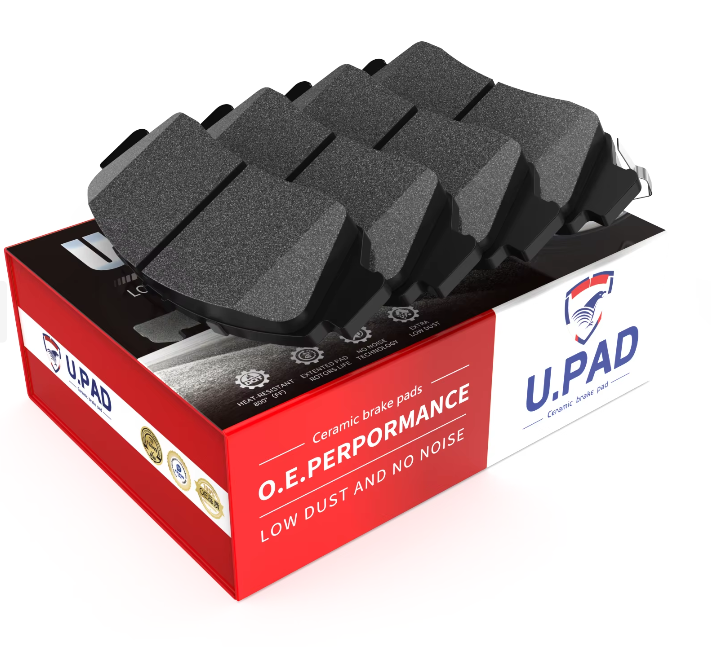
Composition and Manufacturing Process Ceramic Brake Pads: Materials and Construction Ceramic brake pads stand out because they're lighter weight yet still perform really well, thanks to how they mix different materials together. Most contain cerami...
VIEW MORE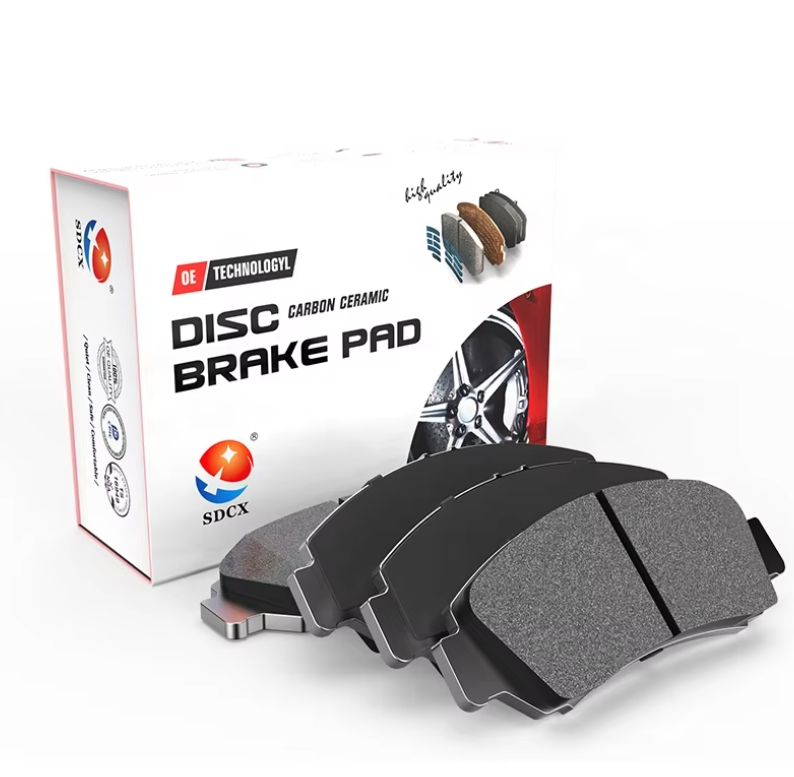
Superior Heat Dissipation for Consistent Braking Ceramic Composition and Thermal Stability Ceramic brake pads are made from materials that handle heat really well, sometimes better than regular brake parts. Because they stay stable at high temps, t...
VIEW MORE
Superior Heat Management in Ceramic Brake Pads Ceramic brake pads get a lot of praise because they handle heat so well, which is really important for brakes in high performance systems. What makes this possible? Ceramic fibers! These little wonders...
VIEW MORE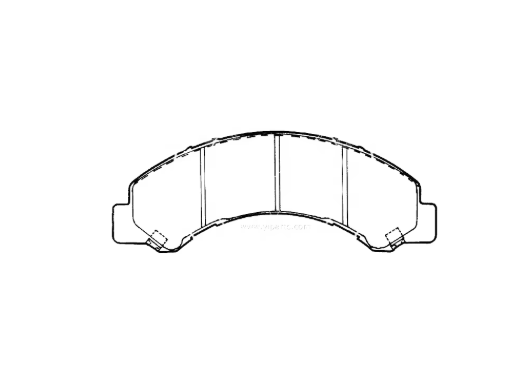
Carbon Ceramic vs. Ceramic Brake Pads: Core Differences Material Composition Explained To really get what sets carbon ceramic apart from regular ceramic brake pads, we need to look at what goes into making them. Standard ceramic pads typically cont...
VIEW MORE
Superior Heat Resistance and Thermal Stability High-Temperature Performance in Extreme Conditions Carbon ceramic brake pads can handle really intense heat, sometimes going past 1600 degrees Fahrenheit, so they don't break down from heat damage like...
VIEW MORE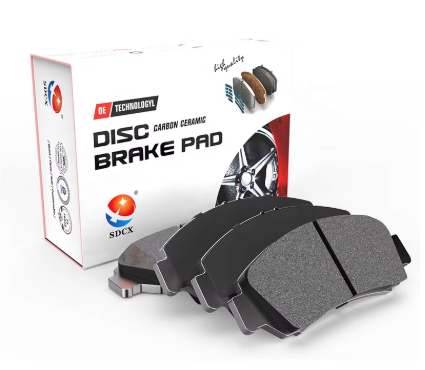
The Role of Brake Pads in Vehicle Safety Friction: The Core Mechanism of Braking Brake pads are really important for keeping vehicles safe since they create friction against the brake rotors when drivers need to slow down or stop completely. The am...
VIEW MORE